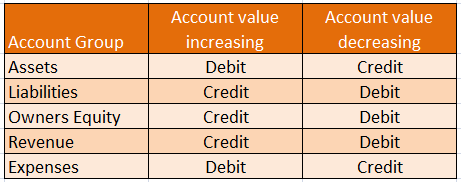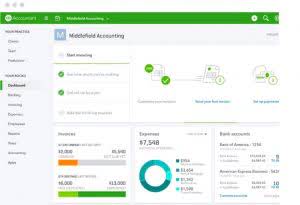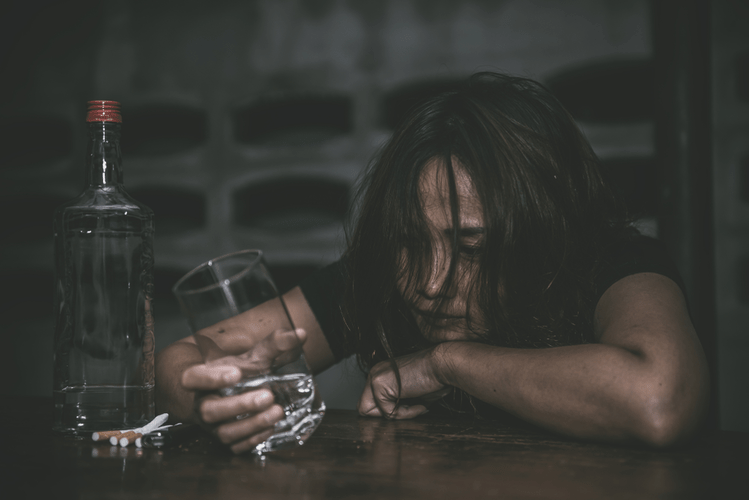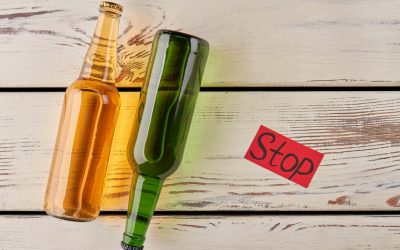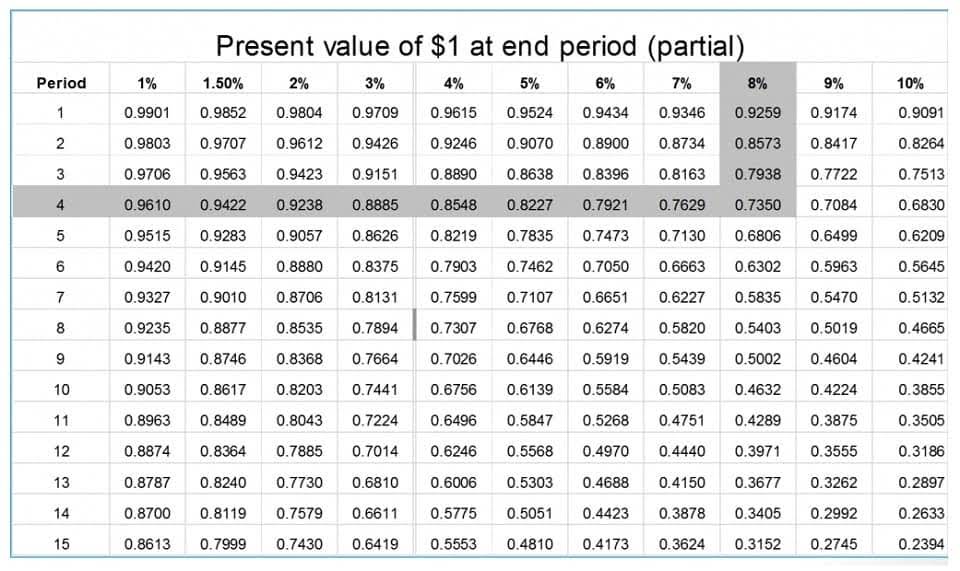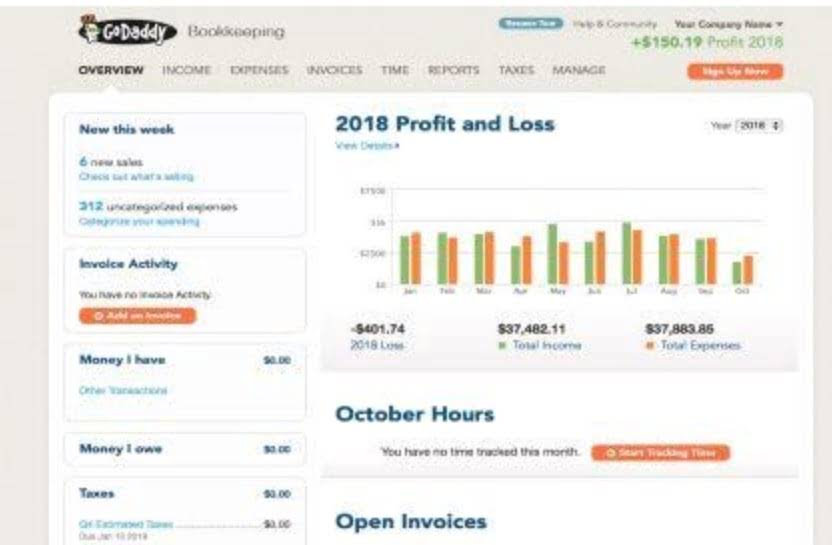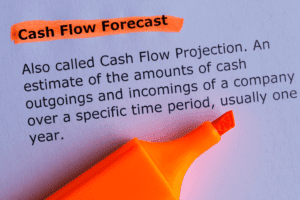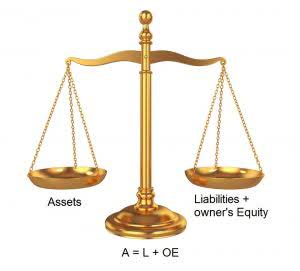
However, treating most alcoholics’ depressive symptoms might not require the use of antidepressant medications. These medications are not needed to help clear an alcohol-induced mood or depressive disorder. In can drinking alcohol cause panic attacks fact, with abstinence the depressive symptoms are likely to improve in a shorter period of time than would be required for an anti-depressant to take effect (Brown and Schuckit 1988; Powell et al. 1995).
Treatment Options
Any information published on this website or by this brand is not intended as a substitute for medical advice, and you should not take any action before consulting with a healthcare professional. There also seems to be a correlation between the amount of alcohol I drink and how anxious I am—the more gin and tonics I have, the more anxious I’ll be when they wear off. Once the person has safely escaped the situation, their fear and anxiety will normally dissipate. But as you continue to drink, you become drowsy and have less control over your actions.
Tips to change your relationship with alcohol

These attacks can mean sweating, pounding heart, shaking, choking, shortness of breath, or a sense of impending doom. To have a full picture for patient care, patients with AUD should be screened for other substance use. Stigma can be reduced with normalization statements such as “Many people try (cannabis or painkillers in ways that are not prescribed) at some point in their lives; is that something you have tried? For many people, the chance to break isolation can be a big help in trying to reduce alcohol consumption. Moderate exercise — such as stretching, yoga, and walking — can help reduce feelings of stress on your body. Mindfulness techniques such as meditation can also help you focus on the present moment.
Alcohol support services
It is also important to remember that some studies indicate a potential relationship between alcoholism and anxiety/ depressive disorders. In addition, alcoholism and these psychiatric disorders may operate together within some families, or individual instances may occur whereby a person develops alcoholism as a direct reflection of a preexisting https://ecosoberhouse.com/article/how-alcohol-affects-your-kidneys/ psychiatric syndrome. Several separate lines of evidence cast doubt on the possibility that high proportions of alcoholics have severe, long-term depressive or anxiety disorders. This article briefly reviews some of the recent literature on the complex interaction between alcohol dependence and the longer lasting anxiety or depressive disorders.
- The onset of symptoms related to social anxiety disorder and agoraphobia can be a trigger for some people to develop unhealthy relationships with alcohol.
- Here, we briefly describe the causes and effects of co-occurrence, the mental health disorders that commonly co-occur with AUD, and the treatment implications for primary care and other healthcare professionals.
- The HPA axis regulates metabolism, the immune system, and the autonomous nervous system to help your body maintain homeostasis (a balanced state) when you encounter a stressor like alcohol.
- She joined a local AA group and was able to secure a sponsor who was also a nurse in recovery.
- And depression is affected by alcohol too – find out more on our alcohol and depression webpage.
Pharmacologic options to support abstinence were discussed, and naltrexone (50 mg/day) was initiated. Is it because you’re genuinely enjoying time with your friends or family, or are you trying to relieve taxing feelings you’ve been dealing with? Have a sober hang with friends, go on a hike or walk, read a book, or host a movie or Netflix night. Many people with alcohol use disorder hesitate to get treatment because they don’t recognize that they have a problem.
- Survey respondents said the top three most confusing finance terms were “AMC” (asset management company), “IFA” (independent financial adviser) and “adverse credit”.
- Over 60% of 26-to-44-year-olds drink, and 55% percent of adults 45 to 64 years old drink.
- Mindfulness techniques such as meditation can also help you focus on the present moment.
- Studies consistently report that alcohol accounts for over 75,000 U.S. cancer cases and 20,000 cancer deaths each year.
- Because little evidence exists of an increased risk for obsessive-compulsive disorder among alcoholics, pharmacological treatments aimed at this severe anxiety condition also are inappropriate in the absence of additional evidence of an independent anxiety syndrome.
A primer on anxiety disorders
- Because denial is common, you may feel like you don’t have a problem with drinking.
- If you have a history of anxiety or mental disorders, make sure to share this with your healthcare provider so you know how alcohol or other substances may affect you differently.
However, when that person has an anxiety disorder, it is easy for that drink to turn into three or five as they try silence their mind. This self-medication of the issue makes them more likely to develop a dependence and eventually an addiction. During withdrawal from heavy drinking, people may develop delirium tremens, a complication of withdrawal marked by psychotic symptoms, such as hallucinations (see Core article on AUD). The mood disorders that most commonly co-occur with AUD are major depressive disorder and bipolar disorder. Anxiety disorders are the most prevalent psychiatric disorders in the United States.
CDC looks to expand capacity to test for H5N1 bird flu in people
Similarly, it could be argued that dysregulated biological stress responses share little construct space with subjective negative affect and drinking to cope. However, as already noted, a dysregulated stress response is a known biological marker for the development of anxiety disorders and AUD, as well as for relapse. Recent “big data” modeling approaches have advanced the understanding of epidemiological data related to the association between anxiety disorder subtypes and risk for alcohol misuse.
The results are nevertheless in line with the longitudinal model with effects from SAD to AUD. In addition, the path from AUD to SAD was estimated at approximately zero in the reciprocal model. The model implies that SAD explains 30.0% of the phenotypic variance in AUD (i.e., 0.552×100%). There may be direct influences between the disorders that act on a short time-scale and that are invisible in a follow-up years later.
How does alcohol affect the body?
See the Resources, below, for an NIAAA tool to help you locate these specialists. Some clinical features of AUD may also precipitate sleep disorders, such as a preoccupation with obtaining alcohol and AUD-related psychosocial stressors. Moreover, tolerance to alcohol can increase alcohol intake, which in turn may exacerbate sleep symptoms. The hallmarks of anxiety disorders are excessive and recurrent fear or worry episodes that cause significant distress or impairment and that last for at least 6 months.



